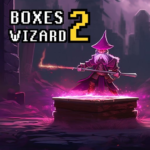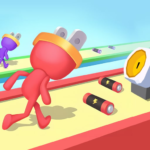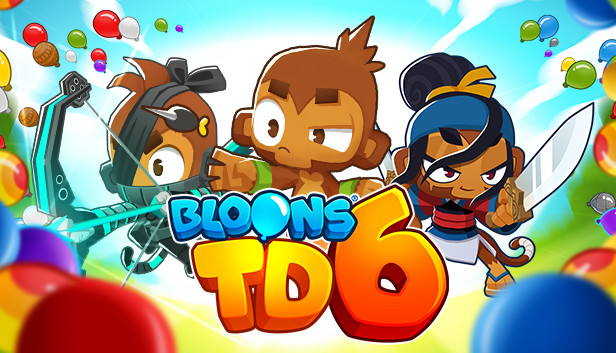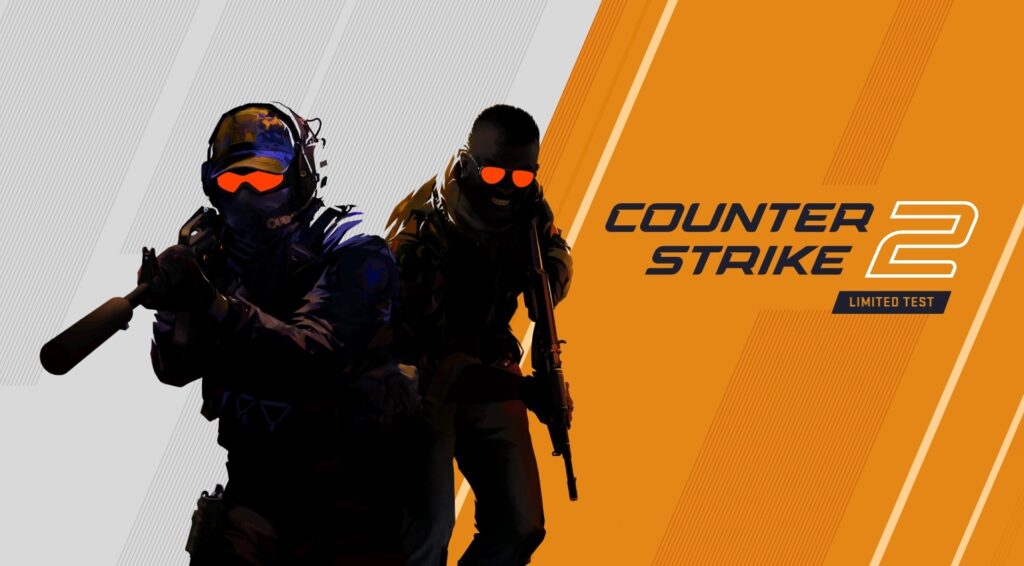Gorilla Tag Review: A Wild Leap into Virtual Primal Chaos
The Rise of the Virtual Primate
Virtual reality has had its fair share of polished, high-budget experiences — the kind where futuristic weapons, alien worlds, or hyper-realistic simulations take center stage. But every once in a while, a game comes along that completely shatters expectations — not through cinematic visuals or complex storytelling, but by being outrageously fun, deeply physical, and uniquely weird.
Gorilla Tag is that game.
At first glance, it looks absurd: low-poly gorillas with no legs, flailing arms, and no buttons other than your own two hands. But behind that simplicity lies one of the most visceral, community-driven, and strangely addictive multiplayer experiences available in VR today.
Let’s swing into the jungle and see what makes Gorilla Tag an unlikely phenomenon in the world of virtual reality.
Movement That Feels Real (and Exhausting)
There are no joysticks for movement in Gorilla Tag. Instead, you move by physically swinging your arms. Push against the virtual ground to propel yourself forward. Vault off walls. Climb trees. Leap over rocks.
This movement system is deceptively simple but incredibly immersive. Your brain quickly forgets that you’re in a headset. The fatigue in your arms reminds you that you’re essentially performing cardio while being chased through a low-res jungle by neon-colored gorillas.
And it’s glorious.
The sense of freedom is unmatched. You’re not just watching your avatar move — you are the avatar. The physical connection between action and consequence is immediate, rewarding, and often hilarious.
Tag, You’re It – But With Heart Rate Spikes
At its core, Gorilla Tag is a game of tag. That’s it. One gorilla is "infected" and tries to tag others. Once tagged, players become infected themselves until there’s only one untagged gorilla left.
But it’s not just tag. It’s tag amplified by adrenaline, social tension, and movement mechanics that make each chase feel like a jungle parkour montage.
There’s something inherently primal about the game. You’re breathing hard, listening for footsteps, plotting your escape up a tree, and shrieking as someone slaps your virtual hand to turn you into the chaser.
That moment of near-capture — scrambling up a tree, looking down as your pursuer falls just short — is VR magic.
Low-Poly, High-Energy Charm
Visually, Gorilla Tag is not winning any awards for realism. The graphics are extremely basic. The environments are composed of simple geometric shapes, and the gorilla models are... well, blobs with arms.
But that simplicity is part of the charm.
Without fancy textures or detailed characters, the game leaves room for your imagination. You’re not distracted by shiny surfaces — you’re focused on movement, communication, and strategy. And surprisingly, the minimalist art style helps reduce motion sickness for many players.
Also, your gorilla can wear hats. So there's that.
A Community That Builds the Jungle
One of Gorilla Tag’s strongest elements isn’t something coded into the game — it’s the community.
The social aspect is huge. In public lobbies, you’ll find a mix of kids, teens, and adults — all laughing, yelling, roleplaying, or showing off movement tricks. Some players invent their own game modes: hide and seek, infection variants, parkour races.
Others build friendships. The voice chat is open and often chaotic, but there’s a genuine sense of shared fun. It feels like a playground — raw, unpredictable, and brimming with energy.
And then there are the private lobbies, where groups of friends can customize the rules, explore the game together, or simply hang out in the forested map and chat like gorillas around a virtual campfire.
Maps That Keep Evolving
The original forest map remains iconic — with its trees, stumps, and stone walls. But as the game has grown, new maps have been introduced: a city, a canyon, a mountain slide, a haunted cave, and more.
Each map brings unique traversal challenges and new environments to master. The icy slide of the mountains map completely changes how you move, while the winding paths in canyon force creative escapes. The horror-themed areas even add a dose of creepy fun, especially during seasonal events.
This evolving world keeps the gameplay fresh and adds layers of discovery. Players are constantly finding new spots to hide, new parkour routes, and new ways to outmaneuver their pursuers.
Customization and Cosmetics
You can’t buy skill in Gorilla Tag, but you can buy banana-themed fashion.
The game includes a cosmetics store (cosmetic only — no pay-to-win here). You earn in-game currency by playing, or optionally purchase shiny rocks to unlock items faster.
Want to wear a top hat? A cowboy hat? A clover, a bandana, or a pair of goggles? Go ahead. Want a gold chain or a turkey leg? Those are in the shop too.
The cosmetics help with personal expression, which feels important in a game where everyone starts off as a nearly identical monkey. It’s also fun seeing a group of goofy avatars sprinting after each other wearing sunglasses, party hats, and rubber duck floaties.
Modding and Fan-Made Magic
One of the things that has pushed Gorilla Tag from “popular” to “phenomenon” is its thriving modding community. While modding is more commonly done on PC VR versions, it’s spawned a huge collection of creative additions: custom maps, game modes, and even physics tweaks.
Players have made everything from a Spider-Man swinging mode to full obstacle courses and parkour mazes. Some custom maps transform the game into entirely new experiences — turning the jungle into lava, space stations, Minecraft worlds, and more.
This constant stream of community-created content helps the game stay fresh long after players master the base experience.
Fitness Disguised as Fun
Make no mistake: Gorilla Tag is a workout. While you’re laughing and running from virtual gorillas, you’re also engaging your upper body, burning calories, and improving coordination.
Some players report serious fitness benefits from playing regularly. It might not replace a structured gym session, but it's a fantastic way to get moving — especially for those who find traditional workouts boring.
And because the fun comes first, you often don’t realize just how much effort you’re putting in… until your arms feel like jelly the next day.
The Dev Story: One Person, One Jungle
Perhaps the most remarkable thing about Gorilla Tag is how it started: as a solo project by developer Kemnitz (Another Axiom). Built during the early days of VR’s rise, the game exploded on social media through word of mouth and viral gameplay clips.
Despite its humble beginnings, it quickly grew into one of VR’s most-played titles — with millions of players, merchandise, updates, and an ever-expanding world.
That story — of a simple, strange, utterly fun game created by one person — is inspiring, and it’s part of the reason the Gorilla Tag community remains so passionate.
Surprising Depth Beneath the Silliness
It’s easy to look at Gorilla Tag and dismiss it as just a silly kids’ game. But spend a few hours in the jungle and you’ll start to notice layers of complexity:
-
Skill curves based on mastering movement
-
Map knowledge that separates rookies from veterans
-
Psychological tricks during chases and escapes
-
Timing and reflexes in climbing or juking opponents
It’s the kind of game where high-level players seem to defy gravity — bouncing from wall to wall with effortless precision — while new players flail and fall in the mud. But everyone laughs. Everyone learns. Everyone gets better.
And that’s the beauty of it.
What Makes It So Addictive?
So why do players keep coming back? Why is Gorilla Tag still topping VR charts years after launch?
-
Simplicity – No complex mechanics. Just move and tag.
-
Physicality – You feel everything in your body.
-
Social Energy – Every match feels alive and unpredictable.
-
Community Creativity – From mods to memes, it’s a cultural ecosystem.
-
Fun – Pure, unfiltered, silly fun.
It’s hard to overstate how much joy this game generates. It brings out laughter, surprise, and genuine playfulness — the kind of play we often forget as adults.
Who Should Play It?
If you have a VR headset and want:
-
A workout that doesn’t feel like a chore
-
A game to play with friends (or make new ones)
-
Something different from the usual VR offerings
-
A test of your reflexes, creativity, and stamina
-
A way to tap into your inner child
Then Gorilla Tag is absolutely worth checking out.
Final Thoughts: A Game Unlike Any Other
Gorilla Tag defies expectations.
It’s not pretty. It’s not high-budget. It has no traditional progression system, no weapons, and no elaborate quests. But it delivers something far rarer: a genuine feeling. A sensation of presence, excitement, and joy that you simply don’t get from most games.
In a sea of digital distractions, Gorilla Tag stands out by going back to the basics — physical movement, social play, and a dash of chaos.
It’s messy. It’s loud. It’s weird. And that’s exactly what makes it unforgettable.































